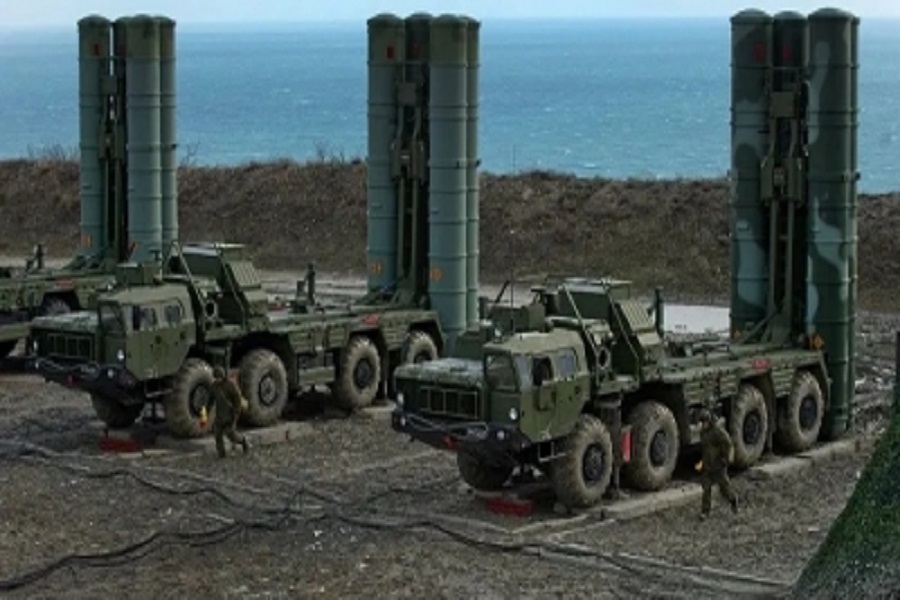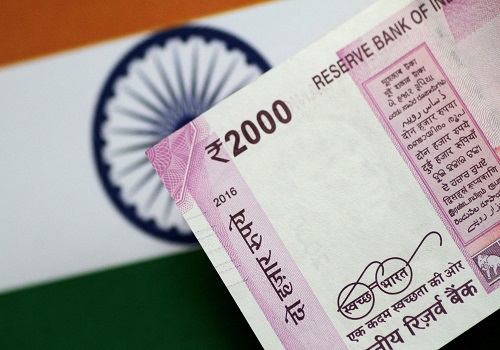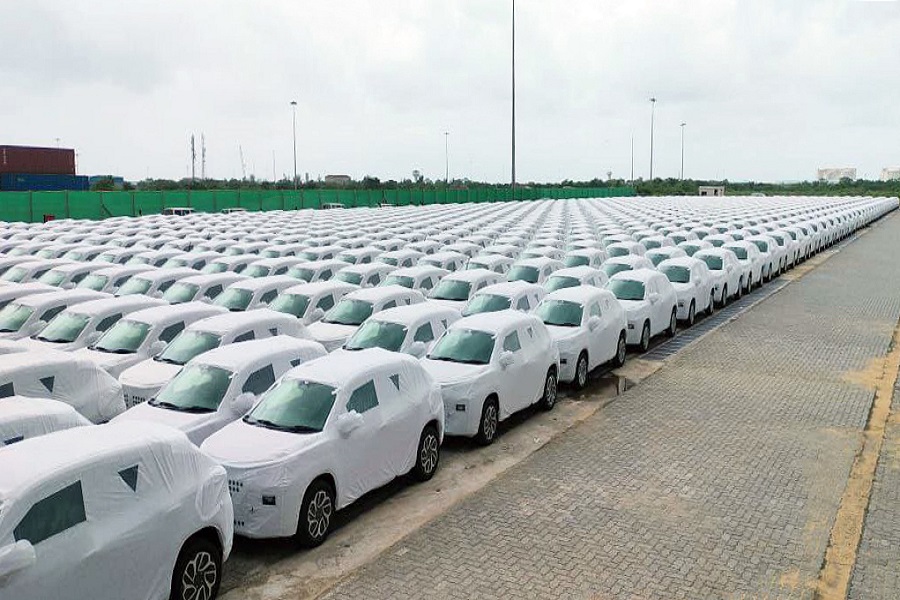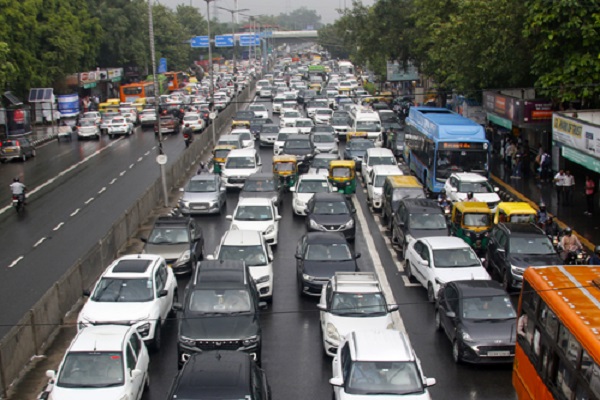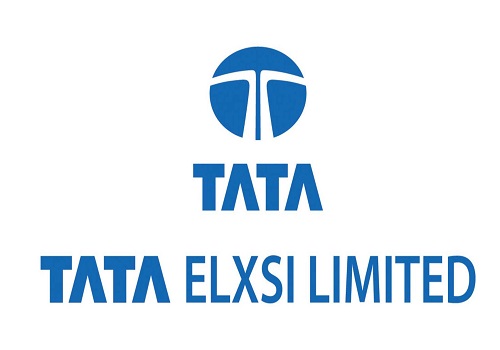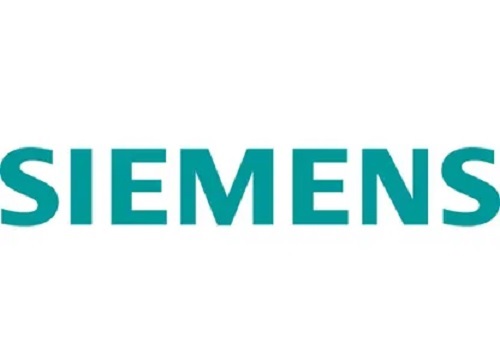Buy Maruti Suzuki Ltd For Target Rs.14,440 By Motilal Oswal Financial Services
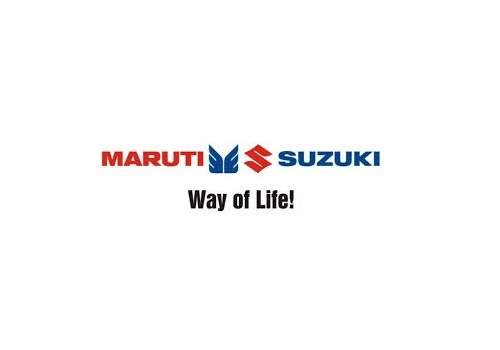
Suzuki’s tech strategy to minimize energy consumption
Suzuki’s manufacturing principle: smaller, fewer, lighter, shorter, beauty
Suzuki, the parent company of Maruti Suzuki India (MSIL), has unveiled its next 10-year technology strategy aimed at achieving minimal energy consumption throughout the lifecycle of its products. This goal will be pursued through the principles of Sho-Sho-KeiTan-Bi, a Japanese abbreviation for “smaller, fewer, lighter, shorter and beauty.” The strategy encompasses five strategic approaches: 1) the development of a “light-weight yet safe vehicle” as the core foundation, 2) the design of “lean-battery EV and HEV” with optimized materials to meet consumer needs, 3) the integration of “high-efficiency ICE with CNF,” 4) the implementation of “SDV right” for value creation through cost-effective systems, and 5) the promotion of “easy recyclability and disassembly design” to support a circular economy. Some of the focus areas are: 1) further working on weight reduction of 100kg for the next 10 years; 2) in EVs and hybrids, using minimum necessary batteries without excess in order to ensure energy efficiency; and 3) working toward a circular economy. Suzuki believes hybrid cars are the best choice until non-fossil based electric energy usage becomes fully widespread. Accordingly, MSIL has embraced a multi-tech approach (working on CNG, flex fuels, hybrids, and EVs) to achieve its emission targets. It is probably the only company in India to be working on diverse technologies to suit Indian consumer needs. MSIL continues to be our top pick in Auto OEMs with a TP of INR14,440 (premised on 26x June-FY26E EPS).
We outline below the detailed five-pronged strategy that Suzuki plans to follow to achieve its desired goals:
1. Light-weighting body structure without compromising on safety
* Suzuki's technology focuses on creating lightweight automobile bodies without compromising safety. It plans to enhance the current 'HEARTECT' platform to achieve this. Suzuki believes that reducing vehicle weight will indirectly lower energy consumption during use and manufacturing.
* For example, ALTO's body weight had increased from 545kg (1st generation) to 740kg (7th generation) due to regulatory changes and customer demands. However, in the 8th generation, Suzuki has reduced the car's weight by 120kg to 620kg while maintaining safety standards. The company now aims to reduce the weight by a further 100kg in the next 10 years.
2. Lean battery for BEVs and HEVs
* Suzuki plans to launch battery electric vehicles (BEVs) starting next year, focusing on energy minimization and lightweight platforms. It will continue to develop efficient E-axles, small battery packs for suitable driving range, and durable, safe, fast-charging electric technologies.
* Suzuki aims to create lean-battery electric technologies that use the minimum necessary batteries, ensuring energy efficiency and sustainability in vehicles.
* Until non-fossil based energy usage becomes fully widespread, Suzuki considers hybrid electric vehicles (HEVs) as the best solution.
* Suzuki is developing a lean-battery Super Ene-Charge with 48V while enhancing motor output. As per the company, 48V is well suited for Suzuki’s small and lightweight cars.
* Suzuki is committed to delivering the most energy-efficient EVs tailored to specific countries, regions, and customer usage through optimized battery capacity and minimized battery consumption.
3. Focusing on software defined vehicle (SDV)
* Suzuki is creating an affordable system called "SDV right," which exemplifies energy minimization through the principles of “Sho-Sho-Kei-Tan-Bi,” aimed at adding value to its cars.
* Here, the software updates will be provided in an optimal blend of wired and wireless (OTA) methods, ensuring they are user-friendly and not excessive.
* The company believes it is essential to develop advanced driver assistance systems (ADAS) that are tailored to the specific road and driving conditions of each country to effectively support safe driving.
* In India, a major market for Suzuki, the distinctive traffic conditions and congestion, make it challenging to directly implement Japanese solutions. Drawing on Suzuki's 40 years of experience in India, the company plans to create and offer ADAS that functions effectively even in the crowded streets of Indian cities.
4. High-efficiency ICE/CNG technology
* In 2023, Suzuki launched the Z12E engine, designed for optimal combustion, and integrated it with the new Swift. This engine reached a thermal efficiency of 40%, a key goal for its engineering team.
* Going forward, it plans to enhance this high-efficiency engine technology and explore the effective combustion of carbon-neutral fuels such as biogas and bioethanol. Its aim is to achieve high efficiency through fast combustion and reduced emissions. Additionally, it will focus on developing engines that are compatible with the "Super Ene-Charge" electrification technology
5. Focus on minimizing energy consumption and achieving circular economy
* While refining technologies to minimize energy consumption, Suzuki is also working on a circular economy that considers the entire lifecycle.
* It will further expand its current initiatives for reuse of batteries, including a structure of collection systems, recycling of resin, easy disassembly design, promoting the use of recycled materials, and use for streetlights.
* In India, Suzuki is working on collection system and has started dismantling and re-materializing. It endeavors to realize a circular economy.
Automobile EV sales ratio forecast for the industry across geographie
* Regional EV transition forecasts differ due to variations in energy conditions and infrastructure.
* For Japan, the national strategy targets to transition to 100% EV sales (including hybrids) by 2035. Within EVs, it is anticipated that HEVs will account for 70% of total sales.
* In India, the market is projected to have one-third each for internal combustion engine (ICE) vehicles (including CNG and biofuels), HEVs and EVs.
* In Europe, the contribution from EVs is estimated to be much higher.
Valuation and view
* MSIL has been one of our top picks in OEMs (link for our thematic note) given: i) its continued outperformance in both cars and UVs, ii) a multi-tech approach that suits Indian needs, and iii) attractive valuations relative to peers.
* SIL is probably the only PV player in India that has embraced a multi-tech approach (working on CNG, flex fuels, hybrids, and EVs) to achieve its emission targets. We believe this is an appropriate strategy for the Indian market.
* While the domestic PV industry is likely to see some slowdown in FY25, we anticipate MSIL to continue to outperform in both cars and UV segments. Overall, we expect MSIL to post a 13% earnings CAGR over FY24-26. Besides, any government incentives for hybrid or CNG or flex fuels are likely to lead to a rerating of MSIL in the future. The stock trades at 26x/23x FY25E/FY26E consolidated EPS. We reiterate our BUY rating on MSIL with a TP of INR14,440 (premised on 26x June-FY26E EPS).
For More Motilal Oswal Securities Ltd Disclaimer http://www.motilaloswal.com/MOSLdisclaimer/disclaimer.html
SEBI Registration number is INH000000412














